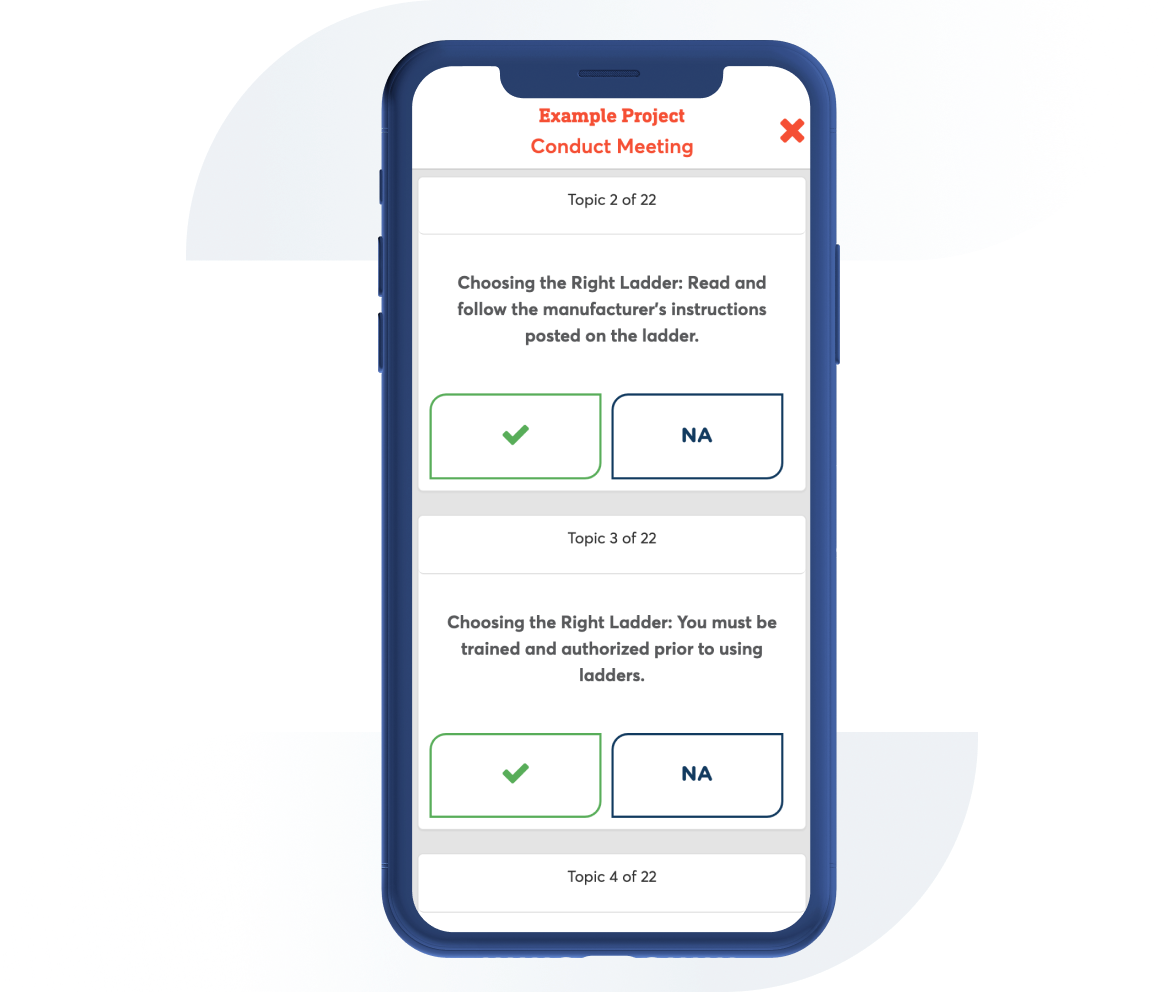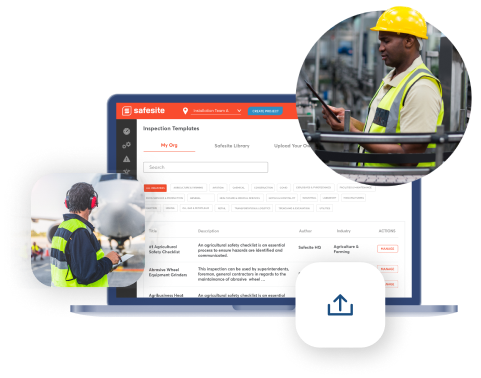Climbing Rope, Saddles, and Knot Safety in Tree Care
Contributor: Safesite HQ Jurisdiction: General
Use this safety meeting to review ropes, saddles, and knot safety in tree care.

1. Working at heights can lead to falls to lower levels. Having the right equipment and using best practices can prevent incidents.
2. When selecting rope, consider how the rope will be used, what properties are required for use, and what type of material is best.
3. Always inspect your ropes before starting a climb.
4. Ropes that are damaged should be replaced before use. Check ropes for cuts, frays, burns, glazed areas, or signs of chemical damage.
5. If the diameter of the rope has changed or has any flats or puffs, it is likely it has been shock loaded and should be replaced.
6. Ropes that have been damaged by uv rays will look discolored, or "faded". Store ropes in rope bags to prevent uv damage from the sun.
7. Also, inspect your saddle buckles, check for missing or loose rivets, and look for any damage to thread. Check your bridge for any damage or excessive wear.
8. Climbers should know the correct use of a few specific knots that are important for climbing techniques. Practice tying knots so it becomes instinctive.
9. Check and test every knot that you tie. In addition, secure it with a safety knot.
10. Always store your saddles and ropes away from sharp objects, chemicals, and rodents to prevent damage.
11. After every climb, complete a visual post-use inspection and remove any damaged lines from service.
Additional Comments

Can't find what you are looking for?
